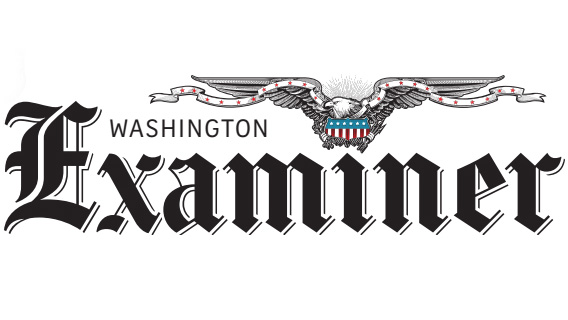This piece originally appeared in Washington Examiner on December 1, 2020.
Now that the election is over, you are probably looking forward to enjoying the view without campaign signs dotting the landscape. But you should think twice before cursing these ubiquitous election lawn ornaments.
Yard signs represent a proud tradition of political advocacy. For candidates who receive limited media coverage, they are a low-cost way of introducing themselves to voters. They are also an outlet for personal expression at the core of the First Amendment.
Anand Sokhey, associate professor of political science at the University of Colorado, told the school’s alumni magazine, “Putting up a yard sign is not like posting a comment on Facebook or saying something to your colleague at work. It is a very unique act. It is tying you and your identity and what you support to a specific place. … There is something very powerful about putting a sign in your yard and saying, ‘This is who I am, and this is what I believe.’”
Today’s yard signs can be traced back to ancient Romans who promoted their preferred candidates on the walls of their homesteads. Historians credit President John Quincy Adams with bringing the practice to the United States with yard signs in the 1820s. Now, millions of dollars are spent distributing them every election season.
Despite their long-standing role in the political process, some cities enact laws to keep signs from obstructing the scenery but censor free speech in the process. In 2008, Gilbert, Arizona, had a comprehensive code that regulated signs differently based on the types of information they conveyed. Campaign signs had to be smaller than signs that expressed ideological messages and could only be displayed for a limited amount of time. Directional signs to an event, such as a church service, had to be even smaller, limited in number, and could only be displayed for a specified number of hours.
In Reed v. Town of Gilbert, the Supreme Court ruled that these restrictions were unconstitutional because the regulations depended on the content of the sign. The court observed that if a sign displays “the time and place a book club will discuss John Locke’s Two Treatises of Government, that sign will be treated differently from a sign expressing the view that one should vote for one of Locke’s followers in an upcoming election, and both signs will be treated differently from a sign expressing an ideological view rooted in Locke’s theory of government.”
The First Amendment forbids the government from suppressing speech it dislikes. If the application of any law depends on the content of a person’s message, then it is almost always unconstitutional. The Supreme Court said, “A clear and firm rule governing content neutrality is an essential means of protecting the freedom of speech, even if laws that might seem ‘entirely reasonable’ will sometimes be struck down because of their content-based nature.”
And the First Amendment applies to signs both large and small. In 2012, Tennessee resident Bill Thomas used several of his billboards to support the U.S. Olympic team and, later, wish everyone happy holidays. But the Tennessee Department of Transportation demanded that Thomas remove the billboards because they did not advertise commercial activity on the premises. Bill sued, and in 2019, the U.S. Court of Appeals for the 6th Circuit ruled that Tennessee’s law was an unconstitutional content-based restriction on speech. The Institute for Free Speech represented him in the appeal.
Passionate advocacy of beliefs and ideas reflects who a person truly is. Thankfully, the First Amendment prevents the government from ever controlling the content of a person’s speech, whether it is shared in a book, in a newspaper, or on a sign in your yard. Whether you proudly display a sign for each of your preferred candidates, from president to dog catcher, or only allow leaves to rest on your lawn, yard signs are a cornerstone of free expression in America.














